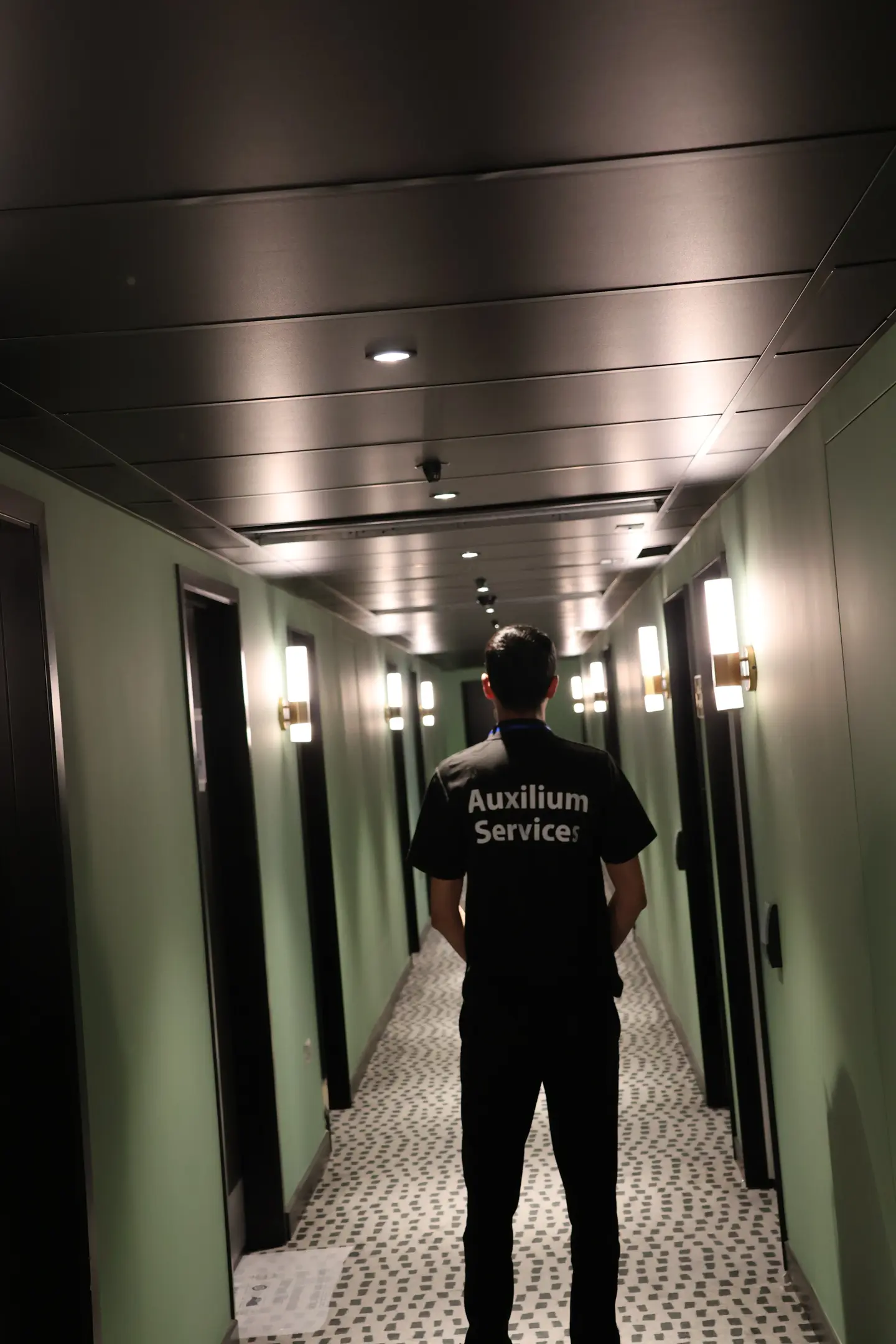Get your free consultation today.
Let’s build a safer tomorrow — together.
London is a city of contrasts, where history meets modernity. It is vibrant, diverse, and full of life. However, like any major city, it has areas with higher crime rates.
Understanding these areas is important for both residents and visitors. Some neighbourhoods are known for their cultural vibrancy but also face safety challenges.
Crime rates in London vary significantly from one borough to another. This article explores the most dangerous neighbourhoods in the capital.
We will look at crime statistics and local insights, aiming to provide a clear overview of safety concerns. Whether you're planning a visit or considering a move, this guide will help you stay informed and navigate London with confidence.

London's crime rates reflect its diverse and dynamic nature. Different boroughs face unique challenges, influenced by geography and demographics.
A central hub like Westminster records higher levels of crime due to its large daily population. Tourists, commuters, and nightlife activity all contribute to this complexity.
The Metropolitan Police publishes crime data to promote transparency, covering offences such as theft, violent crime, and anti-social behaviour.
It's essential to consider context when analysing crime data. A borough with high recorded offences may also have a high visitor count. Understanding these nuances helps residents and visitors manage safety more effectively.
A "dangerous" area usually has higher reported crime rates — but numbers alone don't tell the whole story. Social, economic, and environmental factors all play a role.
Strong community engagement can reduce crime and improve safety. Perceptions of danger can also differ from reality, which is why reliable data is so important.
London's boroughs each have unique crime profiles. The following areas consistently record higher levels of crime:
Central London's busiest borough, with world-famous attractions, nightlife, and government offices.
Common issues: Petty theft, pickpocketing, and late-night disturbances are common.
Famous for its arts, markets, and nightlife.
Common issues: Crime is often linked to theft and drug-related offences.
Local policing and community efforts aim to balance vibrancy with safety.
Once considered a crime hotspot, it has improved significantly.
Common issues: Certain areas still report violent crime and gang activity.
A mix of residential and commercial spaces.
Common issues: Transport hubs attract pickpockets; both petty and violent crimes occur.
Known for Brixton's cultural scene and nightlife.
Common issues: Crowded events can lead to disturbances, but regeneration projects continue.
Trendy but faces theft, vandalism, and street crime.
Common issues: Authorities focus on community engagement and prevention.
Rapid regeneration but ongoing issues with anti-social behaviour.
Common issues: Community-led safety projects aim to address concerns.
Faces socio-economic challenges.
Common issues: Crime includes theft, gang-related incidents, and violence.
Large borough with varied crime levels.
Common issues: Knife crime is a significant concern in certain districts.
Faces issues in deprived areas.
Common issues: Local policies and community involvement are working to improve safety.
Other boroughs with notable safety challenges include:
Stick to well-lit routes and avoid shortcuts through isolated areas, especially at night.
Keep valuables secure and consider using anti-theft bags when traveling in crowded areas.
When possible, travel with others, especially during evening hours.
Utilize apps for real-time safety alerts and navigation assistance.
Select accommodation with good security measures and positive safety reviews.
Be especially vigilant on public transport, particularly during late-night travel.